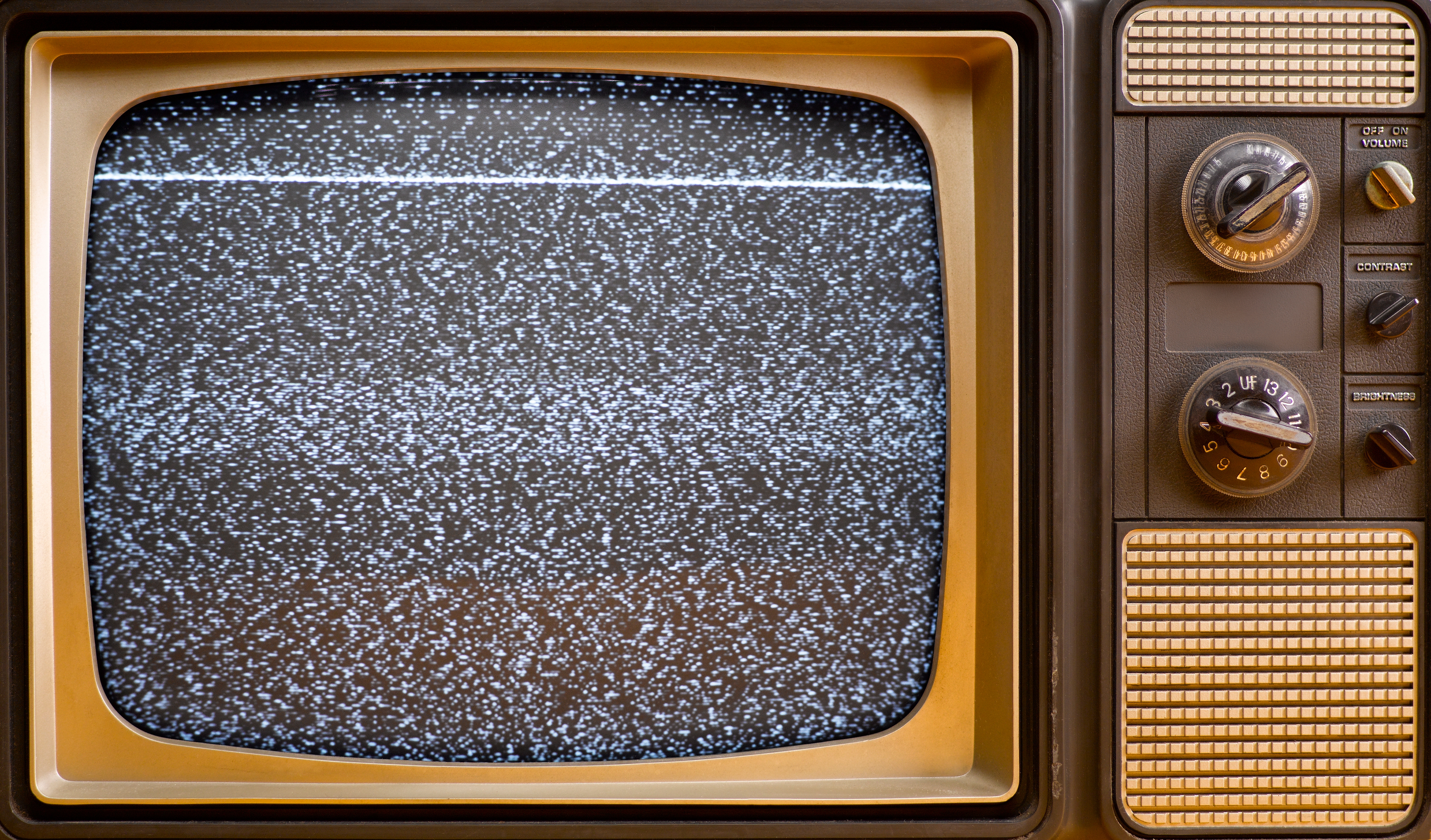They’re also set to get pretty weird this year.
There are a few different reasons for that, as noted in a new report by Variety this weekend. For one thing, this year’s upfronts—which kick off in earnest with NBCUniversal’s presentation on Monday morning in New York—are the first in-person versions of the event since 2019, for obvious reasons. (Among other things, networks tend to throw a lot of talent at these things, and nobody wants a marketing presentation to be the reason an entire cast comes down with COVID.) All participants will thus be a little rusty at the pressing flesh parts of the deal-making, especially since TV revenues are currently down across the board.
Meanwhile, the split that’s been growing in viewership habits since streaming first began in earnest in the late 2000s has finally reached the point where the industry is facing threats from, not just rival networks, but whole rival forms of entertainment, exacerbated by lockdown-shaped viewing habits. YouTube, Twitch, TikTok and more are increasingly coming into their own as advertising vectors; YouTube has its own slot among “the big boys” with a presentation next week, while TikTok had its own presentation on May 4.
The networks are also getting hit from a direction that might have seemed absurd a few years back: Streaming services, typically resistant to running ads, but now increasingly moving in the direction of ad-supported subscription tiers. HBO Max launched its cheaper ad-serving version last year, and Disney and Netflix—both hurting, to lesser or greater degrees, from the lack of ways to milk cash out of their still-hefty subscriber bases—are expected to follow suit.
All of which creates an environment in which advertisers know they have way more options for spending their billions, as well as an awareness that linear TV is no longer the end-all, be-all for catching eyeballs. (Also factor in the ongoing difficulties in the TV ratings industry, as Nielsen and its various competitors, still a key part in telling all involved how much a minute of TV time is worth, struggle to get an accurate handle on how, and how often, people are watching shows in a far more fragmented market.)
So, take solace, readers, when considering the fates of your favorite shows: They’re usually not being cruelly judged on their merits by harsh and unforgiving critics just waiting to pull the plug. Instead, they live or die based on partially understood advertising deals engineered by industry executives flailing to keep up with a rapidly shifting media environment where, say, a pandemic-related cut in car production can have a billion-dollar impact on corporate budgets. It’s all just chaos! So, that’s a comfort.


 Keep scrolling for more great stories from A.V. Club.
Keep scrolling for more great stories from A.V. Club.